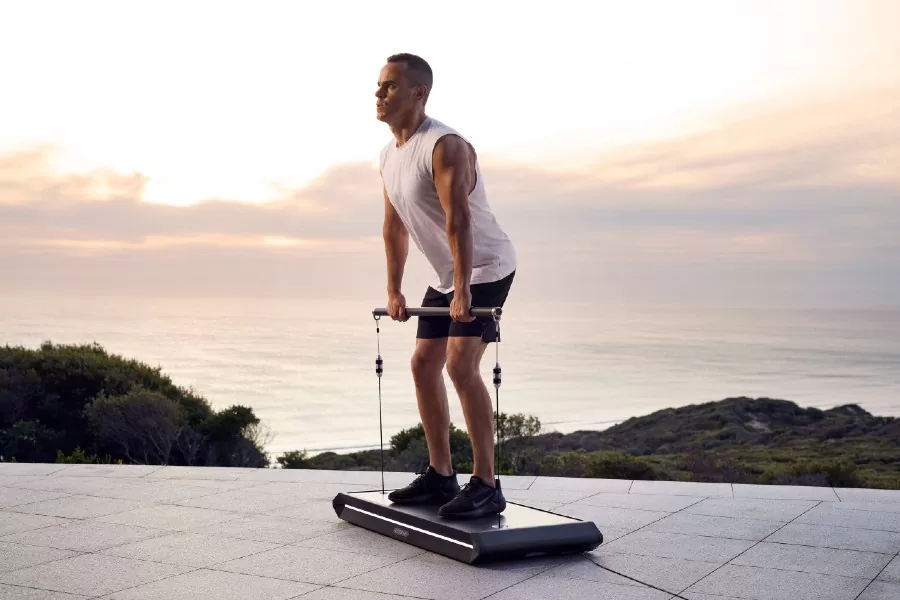When we think of athletic training, the spotlight often falls on explosive lifts, sprinting, or power moves. But there’s a subtler, science-backed method called eccentric training that’s transforming how athletes build strength, prevent injury, and boost performance. Eccentric contractions occur when muscles lengthen under load—like lowering into a squat or descending stairs. Research shows this phase offers benefits beyond the traditional “lifting up” work. For example, eccentric training improves tendon health, strengthens connective tissues, and enhances neuromuscular control—qualities that lead to greater resilience in competitive sports.
One powerful advantage of eccentric work is its impact on muscle growth and strength with comparatively lower metabolic cost. Studies indicate that eccentric phases allow for greater mechanical tension and fast-twitch fiber recruitment, which are vital for developing explosive power and hypertrophy. It also improves the athlete’s ability to absorb force—helpful in stopping, changing direction, landing—leading to reduced risk of injury. Beyond strength, eccentric training can enhance mobility and ramp up flexibility because the controlled stretching motion under load encourages muscles and tendons to adapt.
To safely tap into eccentric training’s benefits, athletes and coaches should follow best practices. First, gradually introduce eccentric overload—don’t jump into heavy weighted slow descents without solid baseline strength and mobility. Use tempo control (e.g. 3-5 seconds on the lowering phase), negatives, or eccentric-only sets where the lowering motion is emphasized. Always allow adequate recovery because eccentric work tends to cause more muscle damage (microscopic) and delayed onset soreness. Finally, integrate eccentric training in a balanced program—alongside concentric work and plyometrics—to maintain speed, explosiveness, and overall athleticism while minimizing risk.






